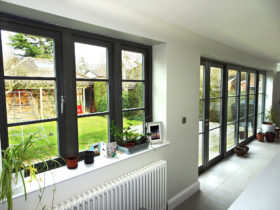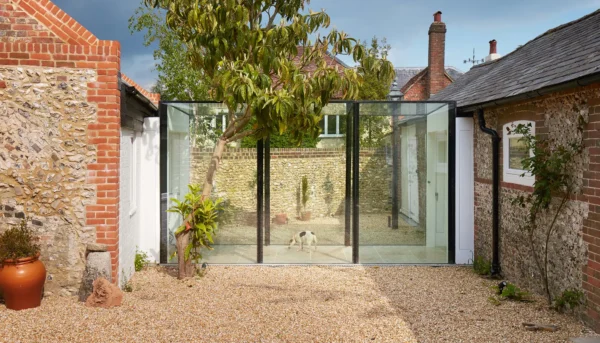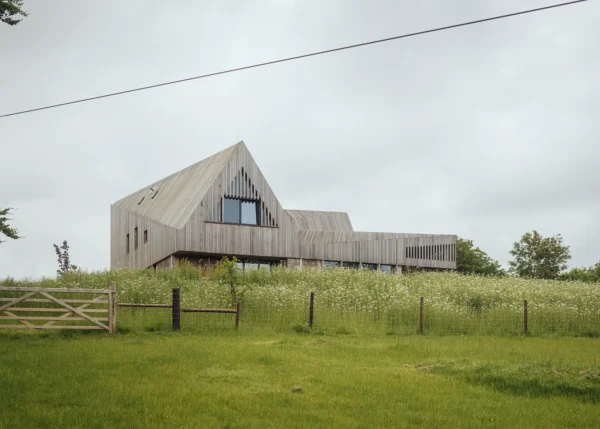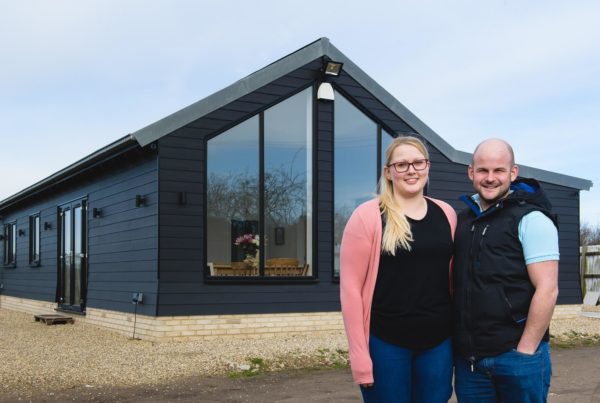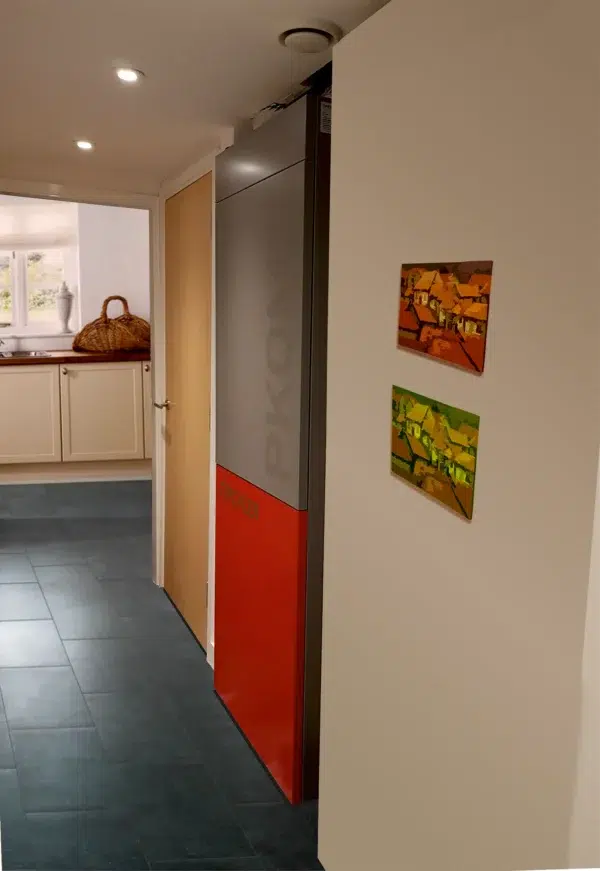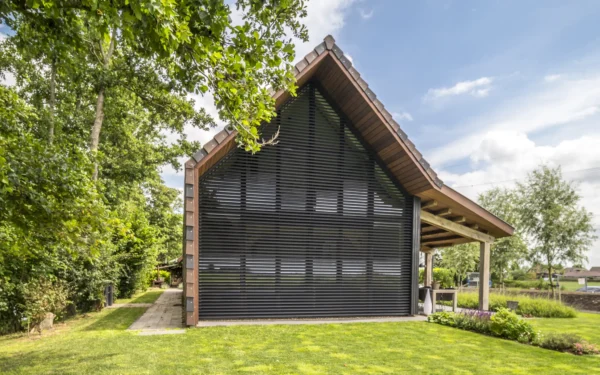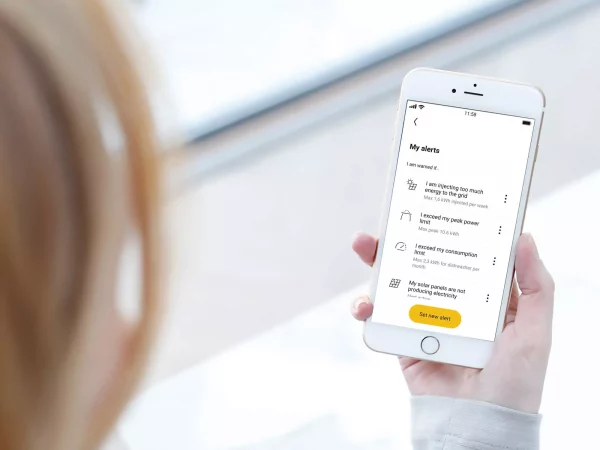How to Maximise Savings with Solar Thermal Panels
Solar thermal systems are instinctively attractive to those looking to create a more sustainable home with lower bills.
This is simple, low tech that enables you to use heat from the sun to do what would otherwise take fossil fuels to achieve – and some panels are manufactured right here in the UK.
A well-designed and operated solar thermal array can provide up to 50% of a household’s domestic hot water. Get it wrong, however, and your panels could be just an expensive bit of eco-bling. This article explores the critical factors that will enable you to maximise solar thermal yield.
How solar thermal systems work
Before we get into the technicalities, let’s summarise how the setup works (skip this bit if you’re fully up to speed).
Solar water heaters collect energy from the sun (and daylight) and use this to raise the temperature of the water we consume for washing and bathing. Much of the energy required to heat water is used to take it from cold to lukewarm temperature. This means that, even on days with dull weather, the panels can still do some work.
The total amount of hot water provided by solar thermal panels is known as the solar fraction. A secondary source of heat (usually a fossil fuel boiler) will be required to do the work during the winter and as backup at all other times.
The key components that make up a solar water heater are the collectors, a twin-coil cylinder and a controller.
The vast majority of these systems are indirect. This means the liquid that circulates throughout the collectors is held in a sealed loop, and the warmth is transferred to the hot water cylinder by means of a heat exchanger (a coil).
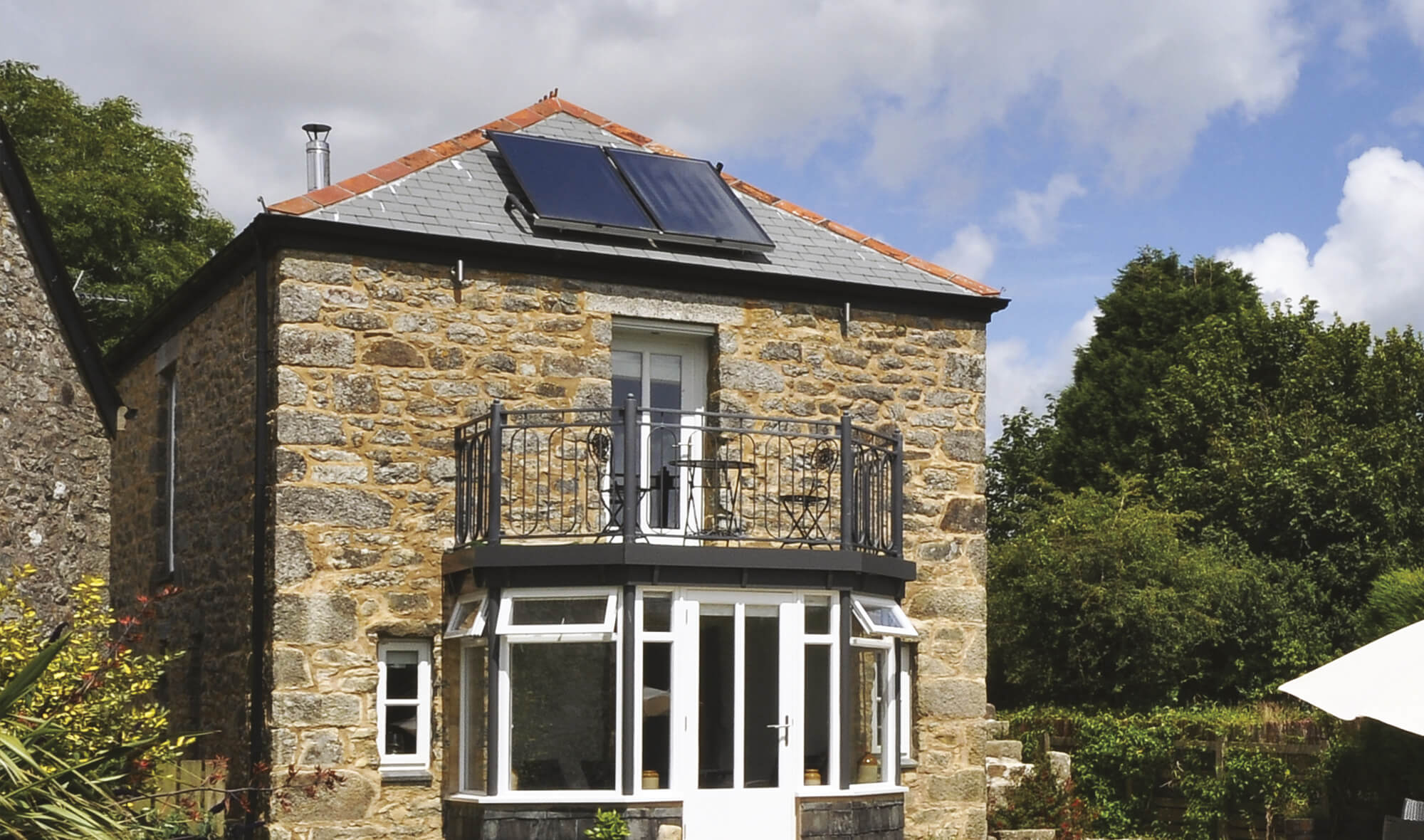
This barn conversion features solar hot water panels
In this kind of setup, the vessel uses two sources of heat – the solar coil and the boiler coil – hence it is known as a twin-coil cylinder. Cold mains water enters at the bottom of the
unit, is warmed by the sun and then exits at the top in order to feed your baths, showers and basins.
As heat rises, the lower section of the cylinder is normally cooler than the top. The solar coil is therefore located at the base where the water is coolest, to make the best use of whatever solar resource is available.
Eligible installations can access quarterly cashback payments for seven years via the Renewable Heat Incentive (RHI), which currently pays out 20.66 pence per kWh of energy generated.
Can you use solar for space heating?
Solar thermal panels aren’t often used this way. In summer when the solar resource is good, the demand for space heating is minimal. By the time winter comes, the solar resource available is lousy – so it’s not a good match.
However, in the shoulder months of autumn and spring, there are occasions when the collectors could make a valid contribution. This needs a different setup, with the solar loop feeding a thermal store that has multiple heat inputs and can provide both domestic hot water and space heating.
Bear in mind this would disqualify the installation from receiving RHI payments – even though it’s an efficient use of spare solar resource.
How can I combine solar thermal with other renewables?
There are a number of renewable options for supplying domestic hot water, but if you’re aiming for a reduced carbon footprint then there’s one that stands out in particular – namely using solar thermal panels alongside a woodburning stove with an integral back boiler, as part of a stored hot water setup.
Biomass boilers running on pellet or chip-based fuels could do exactly the same job as the stove in this scenario, and are less effort to fire up for a short period in summer if you need to heat the cylinder.
Read more: How to Combine Renewable Energy Sources
Making the most of your solar thermal panels
For any self builder or renovator, value for money is a major consideration. Here are the key factors to bear in mind to ensure you get the most of your solar hot water system.
Panel orientation
Ideally, the thermal collectors should be mounted facing south (any orientation south-east to south-west will still work).
The best angle in the UK is around 35° to the horizontal. This is consistent with many of our pitched roofs, although collectors can be installed on flat roofs or even on the ground with a suitable mounting bracket.
The trick is that the site should be fully accessible to the sun’s energy. You need to avoid any overshading from adjacent buildings or trees, as it will significantly reduce the solar yield.
Try to consider what may happen further down the line, too. For instance, if you’re looking at putting panels on a single storey, is there any risk that they could become overshadowed by growing trees outside of your control, or your own or a neighbour’s future extension?
Flat plate vs evacuated tube
Two main types of solar thermal collector are in common use. Flat plate versions normally have a Perspex cover, mounted over an absorptive panel through which the collection fluid is pumped. The whole unit is insulated below and at the sides to retain the warmth.
Evacuated tube collectors comprise one tube set inside another, with a vacuum between the two. The vacuum allows radiation from the sun to pass to the inner tube (containing the collection fluid) while reducing heat loss.
In the UK climate, evacuated tube systems will be more efficient than flat plate collectors – but they tend to be more expensive to install for the same yield. So good site-specific design is needed to decide between the two.
Balancing the system
The other major design constraint to be aware of is the balance between the output of the collectors and the size of the hot water storage cylinder. Too small a cylinder (or too large a collector for a given tank size) will mean you can’t store all the heat generated – so it’s simply wasted.
Conversely, if the collector is too small for the tank size, outside of summertime, the panels will not give sufficient energy to get the water up to the correct temperature. So it will need to be supplemented by a backup heat source more often than would otherwise be the case.
Your chosen installer is responsible for getting this balance right, so it’s nothing you’ll need to worry about.
But it’s an example of making sure you hire the right pro and take references to get the most out of your system.
The solar controller
This is the core of your thermal array. It senses when the water in the storage cylinder is a few degrees cooler than the collector panels and switches on the pump in the solar loop to transfer that heat from the collectors into the tank.
As it takes energy to run the pump, there needs to be a gap between the temperature at the collectors and in the heat exchanger to compensate for these parasitic losses.
The most common backup source of heat to supply a twin coil cylinder is a fossil fuel boiler running off natural gas, LPG or oil. Occasionally this might be a biomass boiler or a heat pump (although the latter is not quite as efficient in getting water up to temperatures as high as 60°C).
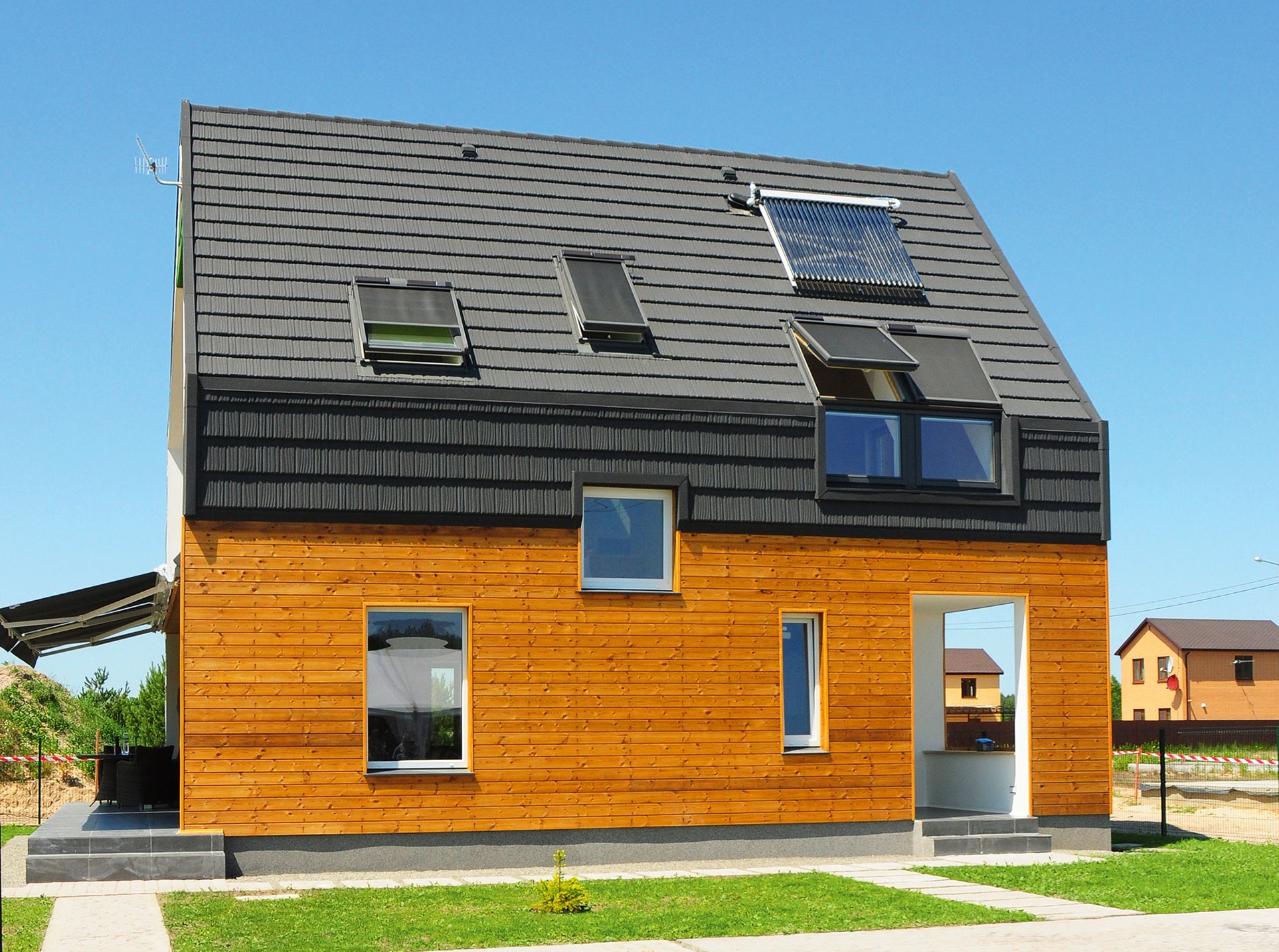
Solar thermal panels are great in warmer months, but won’t give much of a boost over winter
Many twin-coil cylinders have a secondary backup in the form of an immersion. An electrical resistance heater is the most expensive and carbon-intensive form of hot water provision – so it pays to minimise its use. In many systems it is only switched on to help prevent legionella
by raising the temperature to a higher than normal level.
As a domestic hot water cylinder is effectively stratified, with cold water entering at the bottom and hot exiting the top, the backup boiler will normally only be used to heat the upper half of the tank.
This leaves the bottom section cooler and increases the likelihood of a temperature differential between collectors and heat exchanger in the tank, thus increasing the effectiveness of the system.
There is an inherent tension between this temperature differential and the flow rate on the solar loop. A faster flow rate will transfer heat to the cylinder more quickly, but it means the pump uses more energy. A lower flow rate can be achieved if the solar heat exchanger in the cylinder is larger – but this will increase the cost of the system.
Your installer will normally set the flow rate on the controller to optimise the system – although some units can adjust this intelligently to maximise performance.
Think about how you use domestic hot water
If you want to get best performance from your solar thermal, you need to use the energy when it’s available. I don’t mean to the extreme of taking baths in summer and not during winter – but if you can use stored hot water in the mornings, then the tank will have a chance to reheat during the day when the sun’s shining.
The same principle is true of appliances. Many washing machines only have a cold water feed and therefore rely on an internal electrical resistance heater to get the water to the required temperature.
However, if you have both hot and cold supplies to your washing machine and use it during the daytime, then for much of the year you will be reducing your energy consumption.
Don’t forget maintenance
Solar thermal setups are fairly straightforward, so require relatively little maintenance – but periodic upkeep is still important, as for all heating systems.
To ensure optimal performance, regularly check the arrangement is correctly pressurised, contains the correct fluid composition and that the collectors are free of dirt and debris.
Main image: The Boultons installed solar thermal, evacuated tube panels as part of their sustainable homed. Read the Boultons’ self build story >
[Image credit: Mark Boulton]
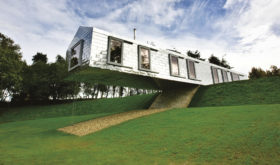



















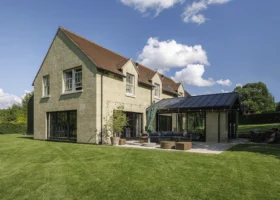
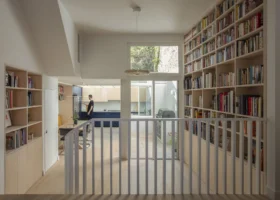
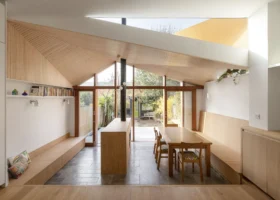




































































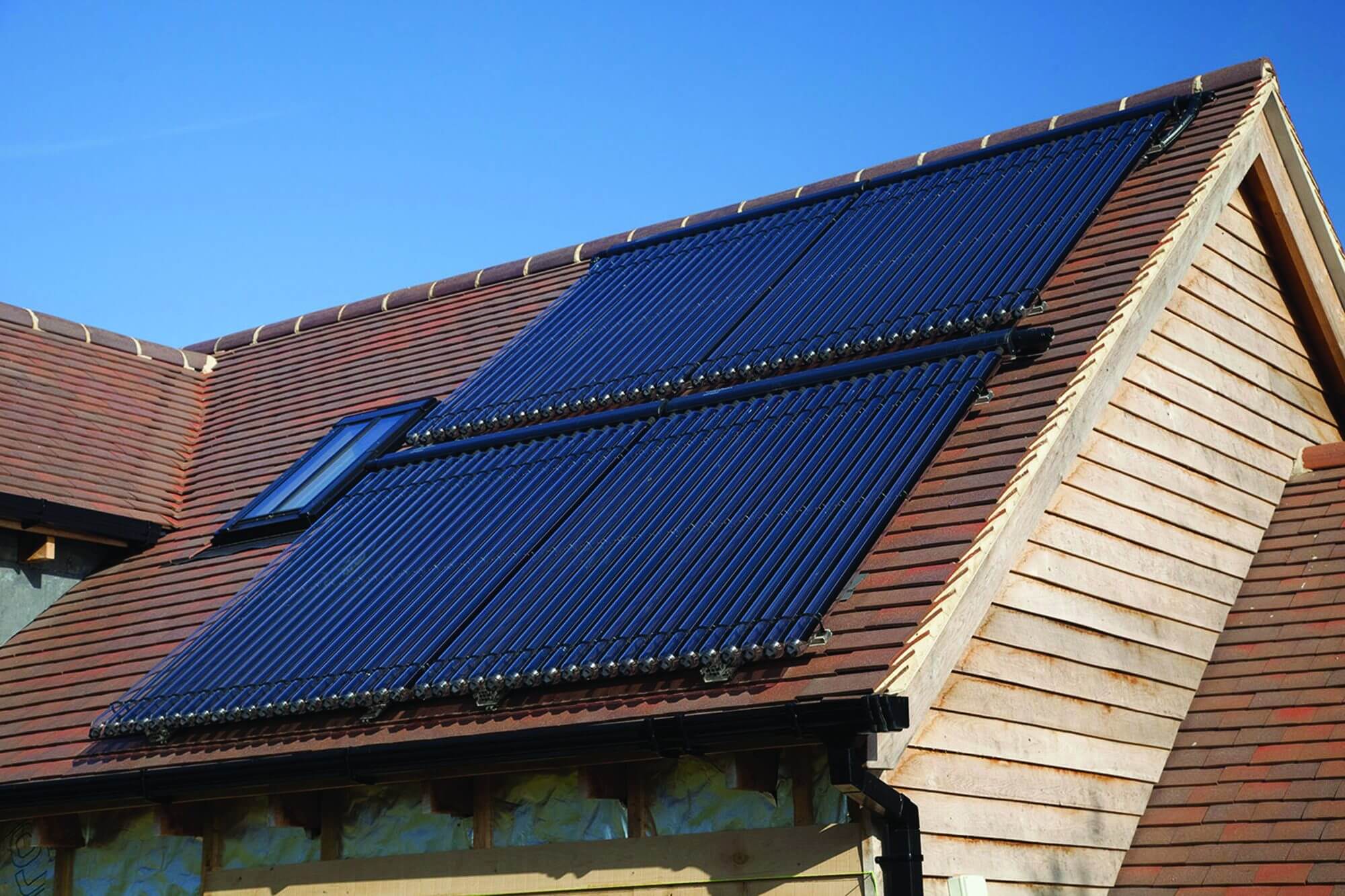
 Login/register to save Article for later
Login/register to save Article for later

